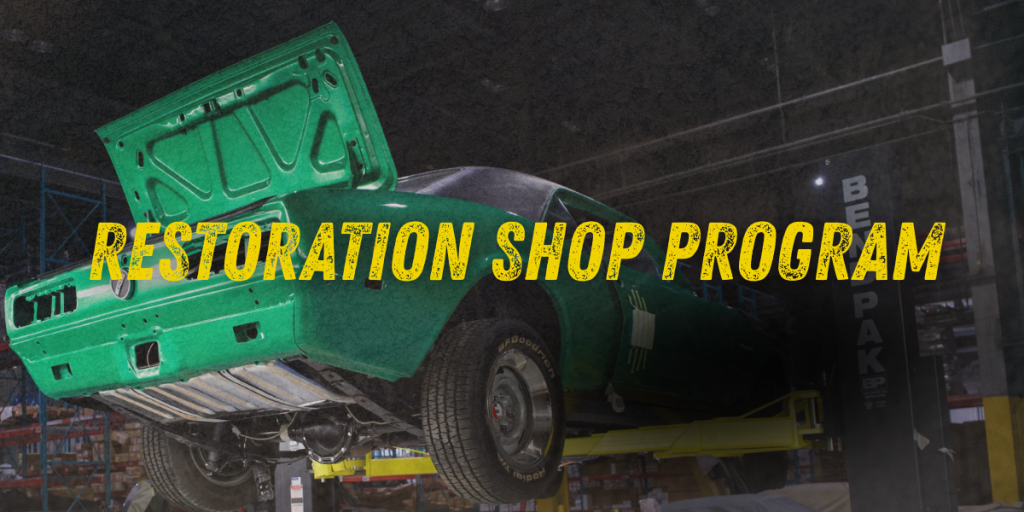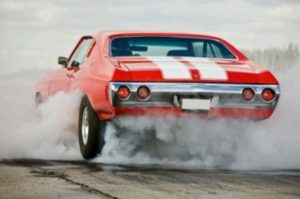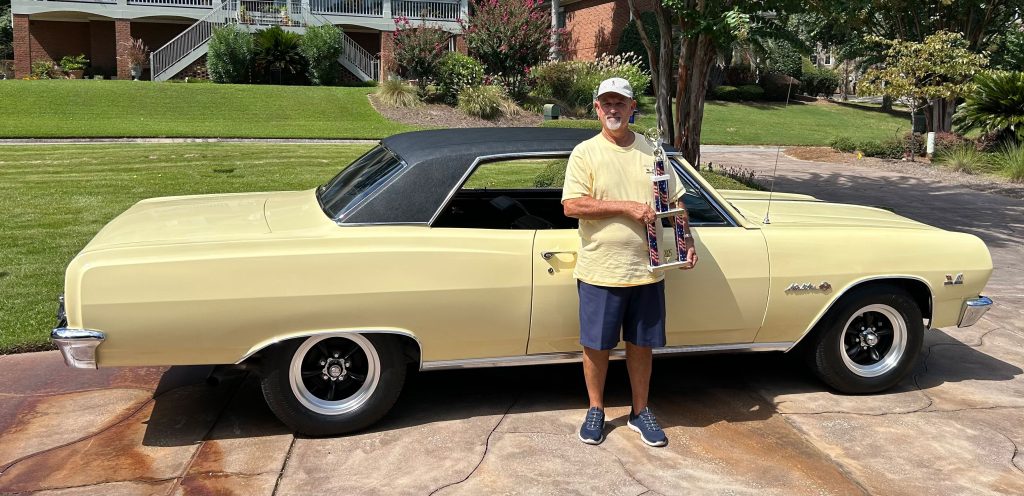
Protected: Restoration Shop Program Application
There is no excerpt because this is a protected post.
If you’re staying true to old school with a Small-Block or Big-Block engine under the hood, setting and maintaining the correct ignition timing is crucial. Without the proper timing, your engine will run poorly, can overheat, and get bad mileage. Setting the timing is a simple process and something you should check every so often to make sure it’s still correct.
You’ll need a basic set of wrenches to loosen and tighten the hold-down clamp. The only special tool you’ll need is a timing light, which can be had for about $30 at Harbor Freight if you don’t already have one. Some option items are a vacuum gauge and possibly timing tape.
Prepare the Engine:
Locate Timing Marks:
Initial Timing Setting:
Connect Timing Light:
Connect Timing Light to No. 1 Spark Plug:
Start the Engine:
Aim the Timing Light:
Read the Timing Marks:
Adjust the Timing:
Tighten the Distributor Bolt:
Before you take off for a cruise, double-check the timing. Sometimes tightening down the distributor hold-down clamp can you can accidentally twist the distributor. After that reconnect the vacuum advance hose.
If you want, you can check and set the total timing. Rev the engine to around 3,000 RPM and check the timing. The total timing (initial + mechanical advance) should be within specifications.
After you’re done, go drive the car and see how it does. Sometimes you might need to advance or retard the timing of a degree or two in order to get it just right. If you have any other questions or need parts for your ignition system, hop on SS396.com or give our friendly techs a call at (203) 235-1200!


There is no excerpt because this is a protected post.

Give the Gift of Choice with SS396 Gift Cards!
Looking for the perfect present for the car enthusiast in your life? SS396 gift cards are available in denominations from $10 to $500, so you can choose the amount that fits any budget.

Charlie’s 1965 Chevelle was originally born in the Kansas City factory and delivered to Portland, Oregon, as an SS 327 with a bench seat and